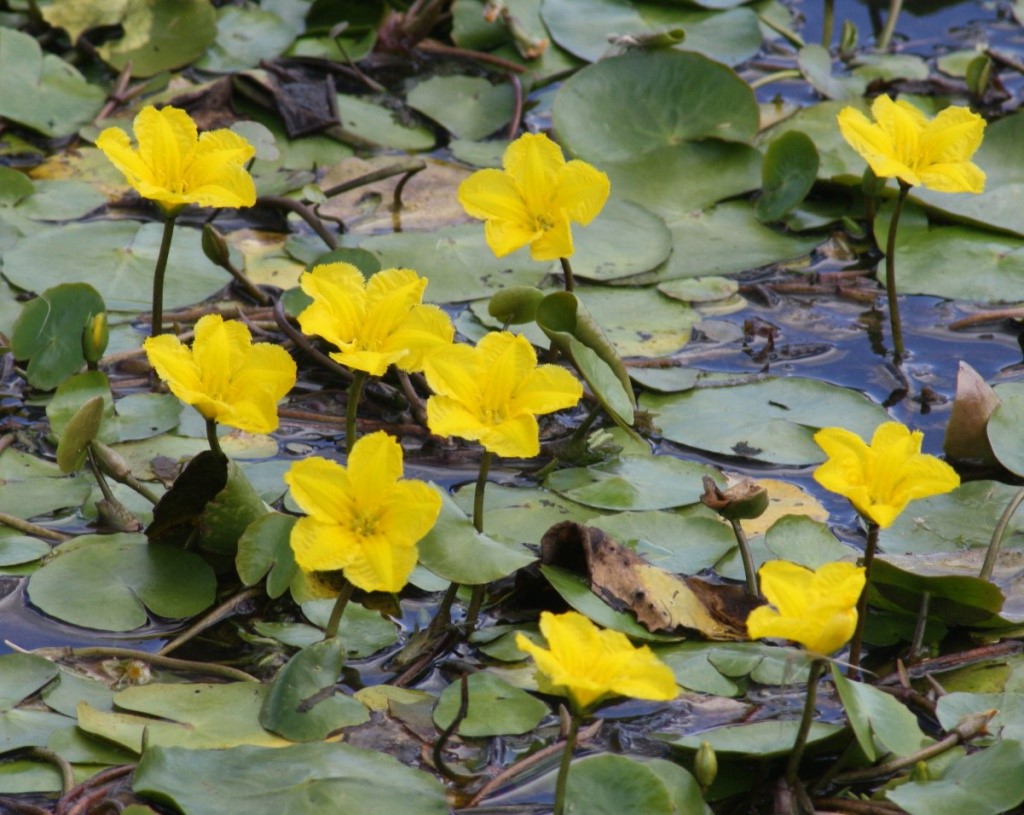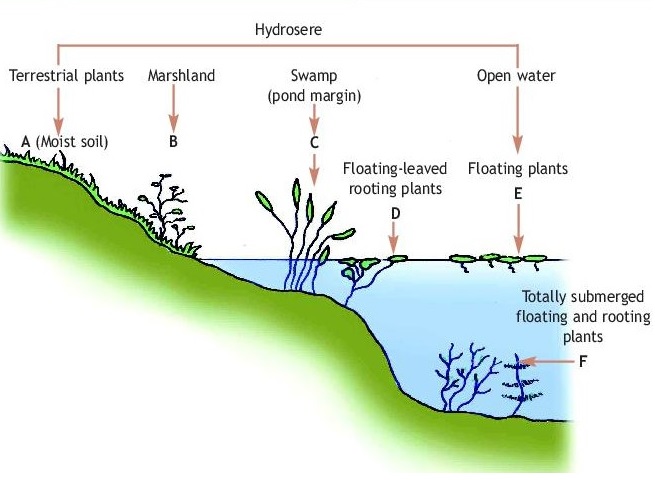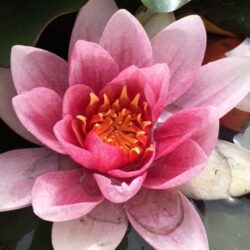Description
Commonly found in slow-moving rivers, lakes, ponds, and reservoirs, but it can also establish in swamps and wetlands. It is also known to occur in ditches, canals, break-through pools of dikes, and backwaters, especially those subject to winter flooding. Each flower survives a single day, while leaves can persist from 23-43 days. Seeds are released 32-60 days following the end of the flowering period and can germinate under hypoxic conditions. In Autumn, the aboveground biomass of the plant dies, sinks to the substrate and decomposes, and the plant overwinters as dormant rhizomes. These rhizomes can survive freezing temperatures up to -30°C. During the winter, stolons and stems either on or buried beneath the substrate can remain dormant until spring, and some small submerged leaves measuring 1-2 cm sometimes grow on these stems. After winter, the species requires light and oxygen to produce new growth and floating leaves begin to appear in spring.










